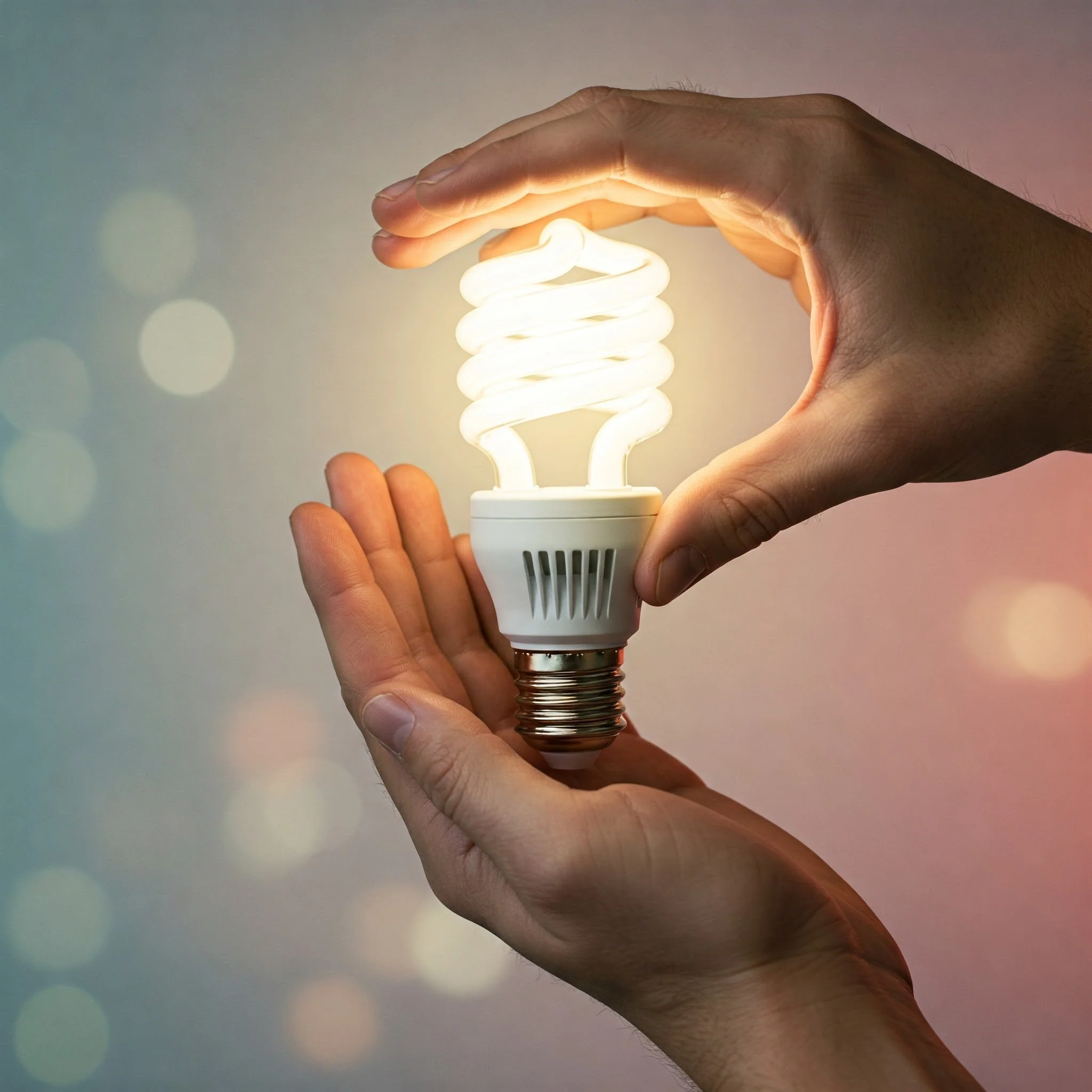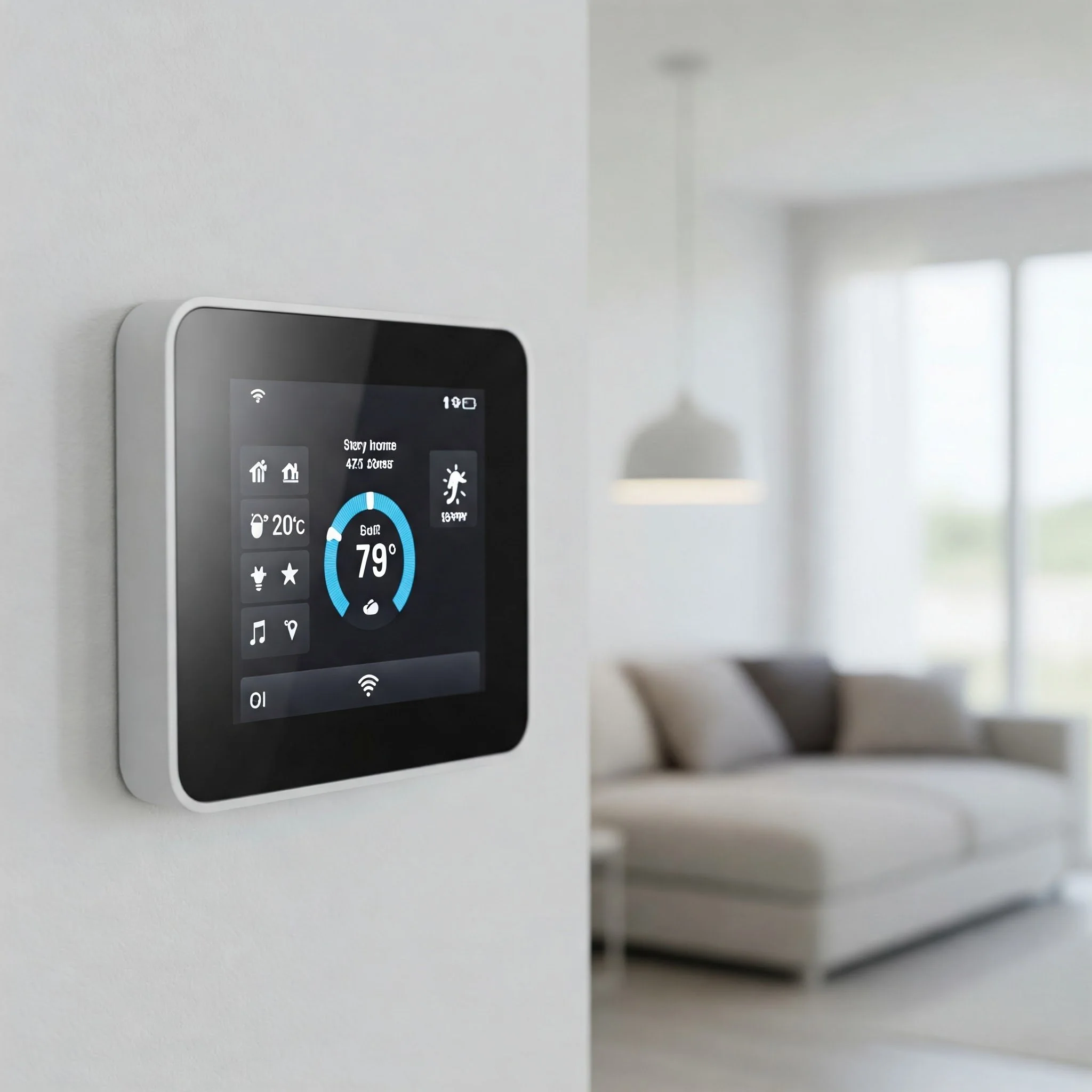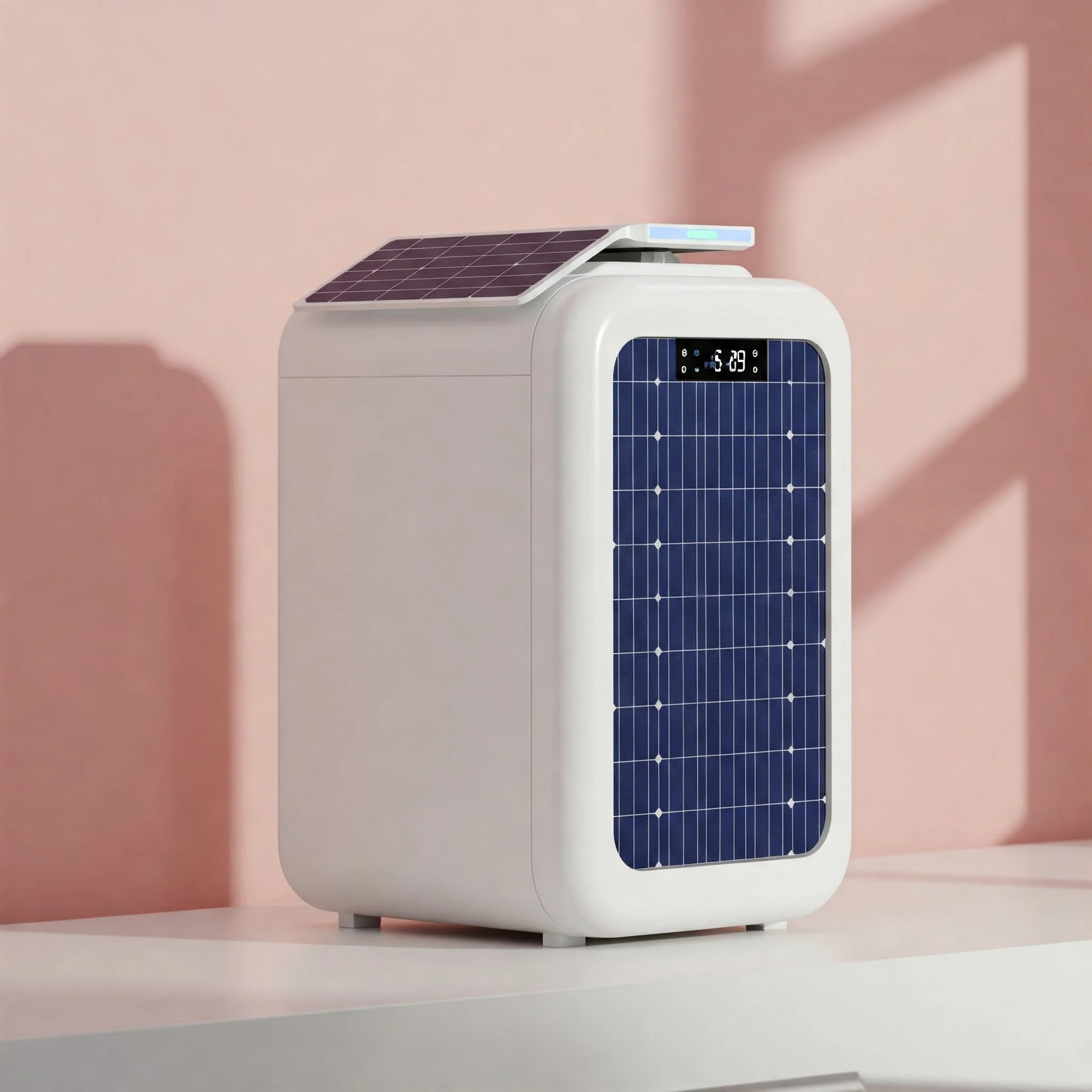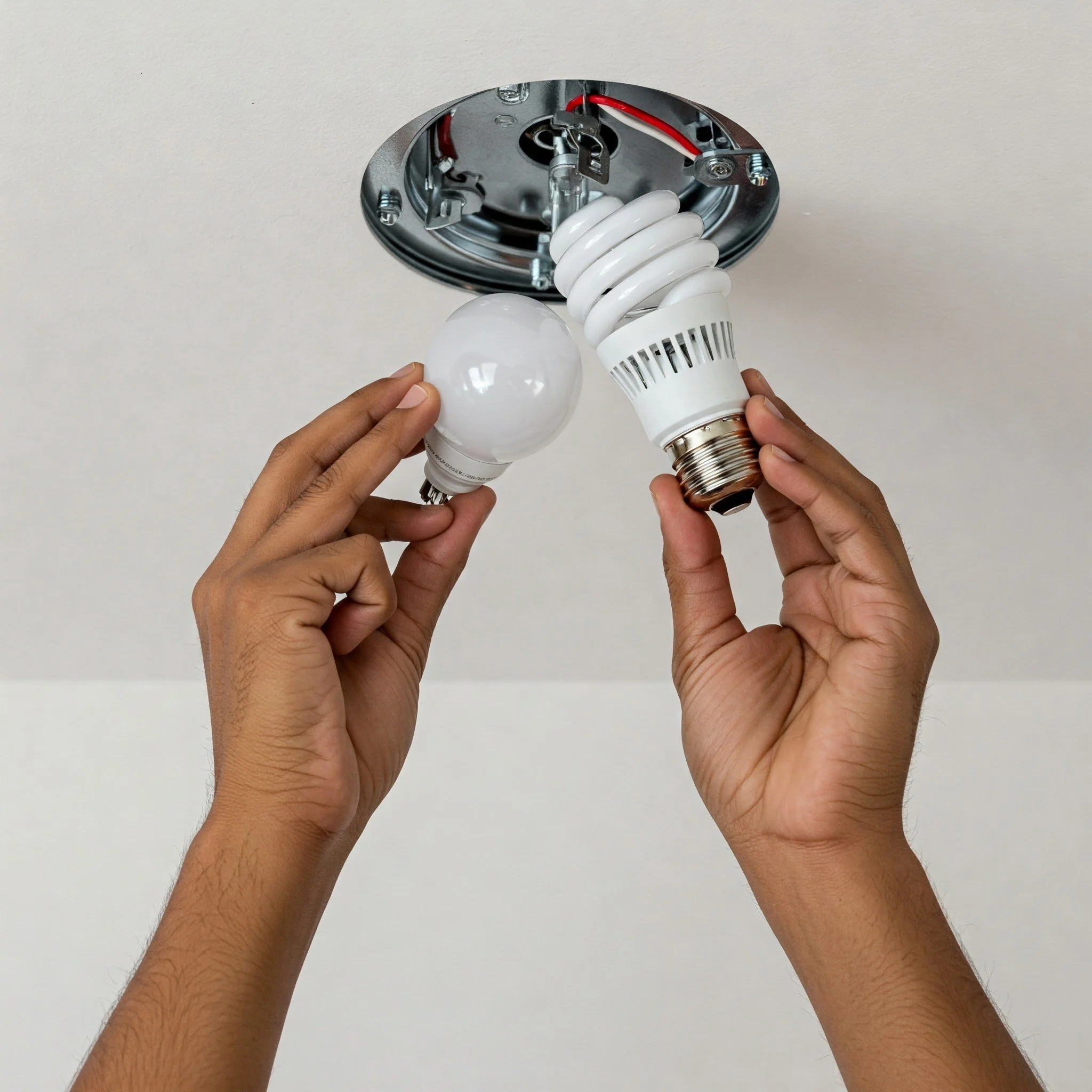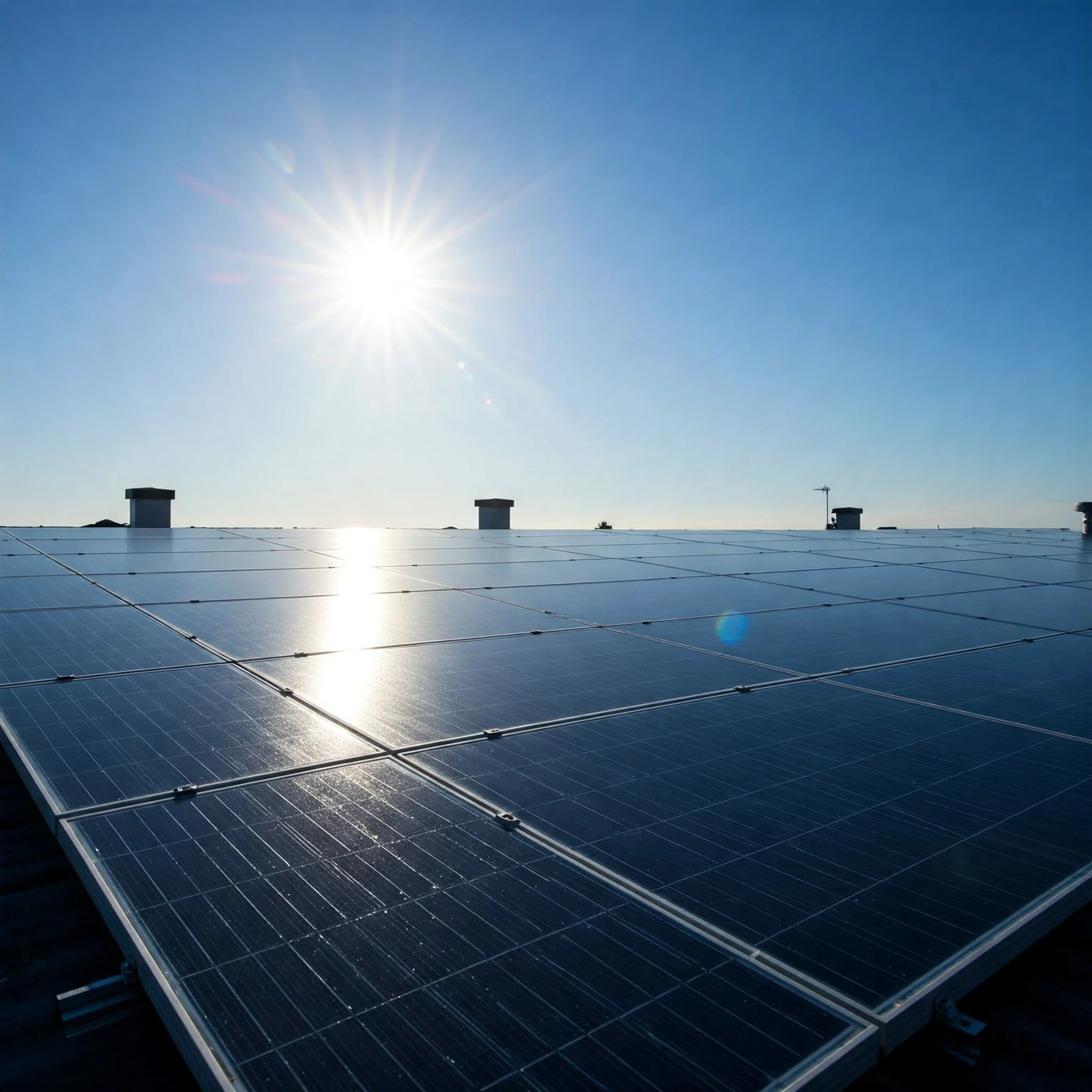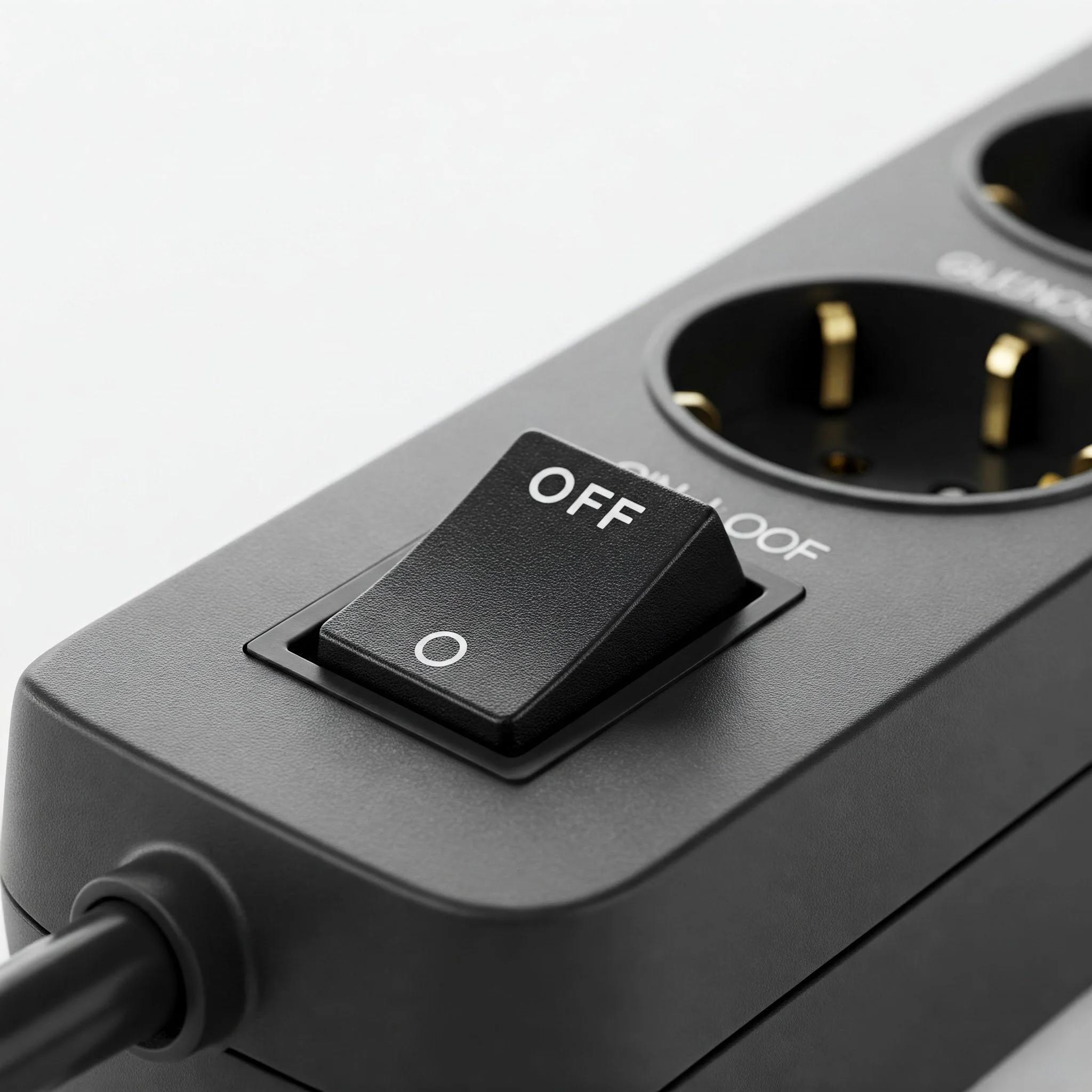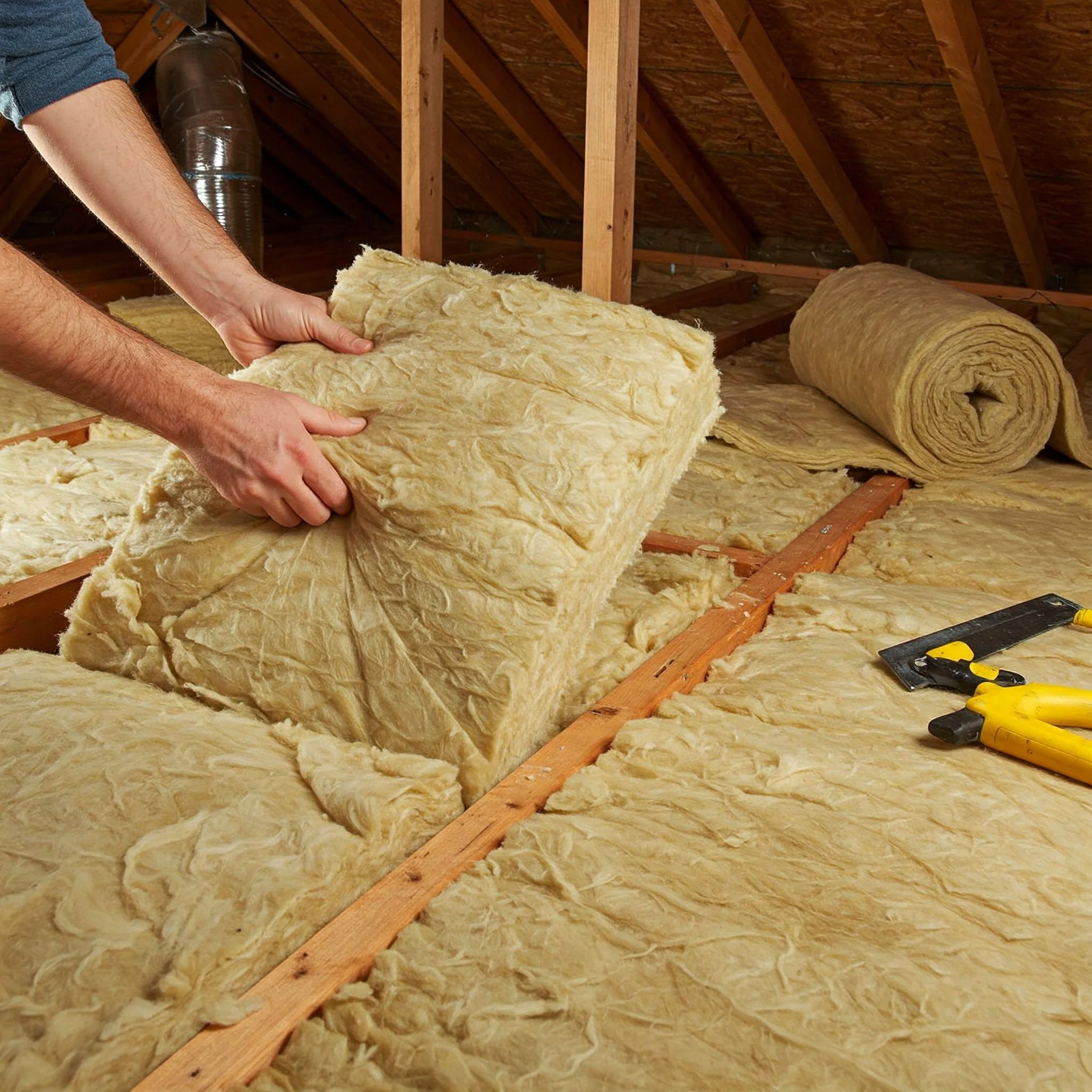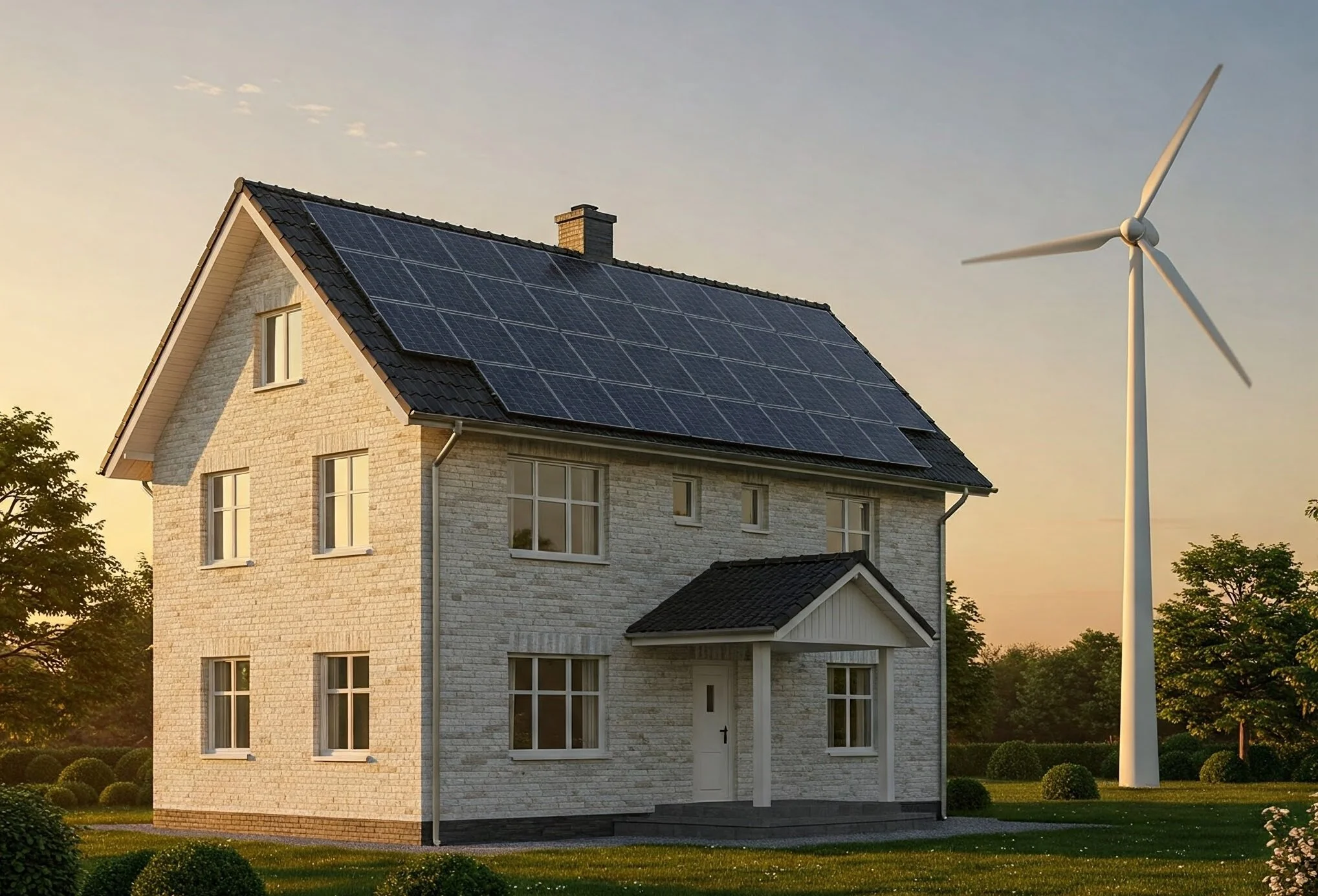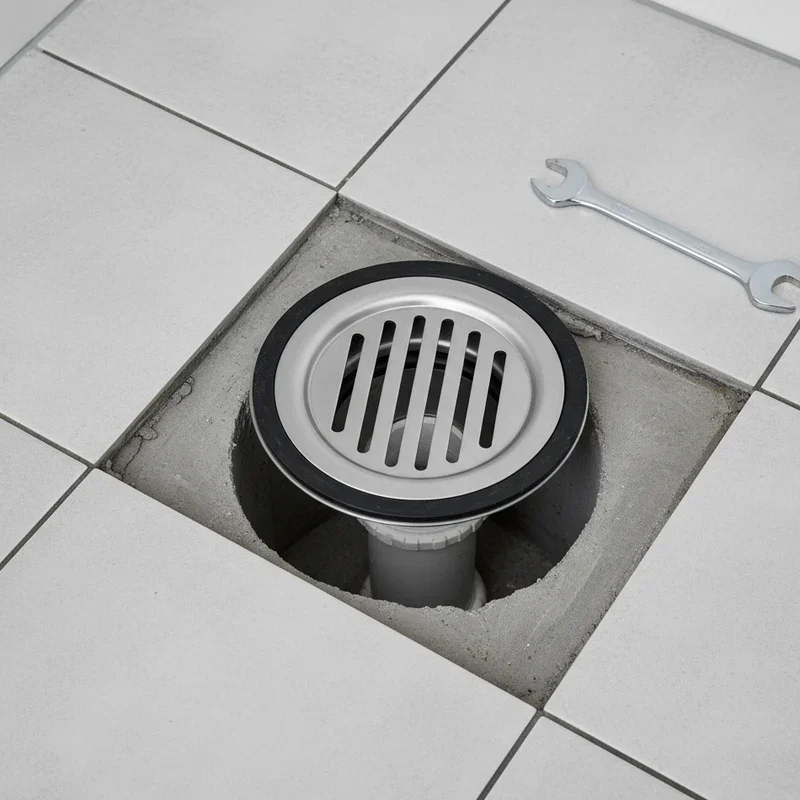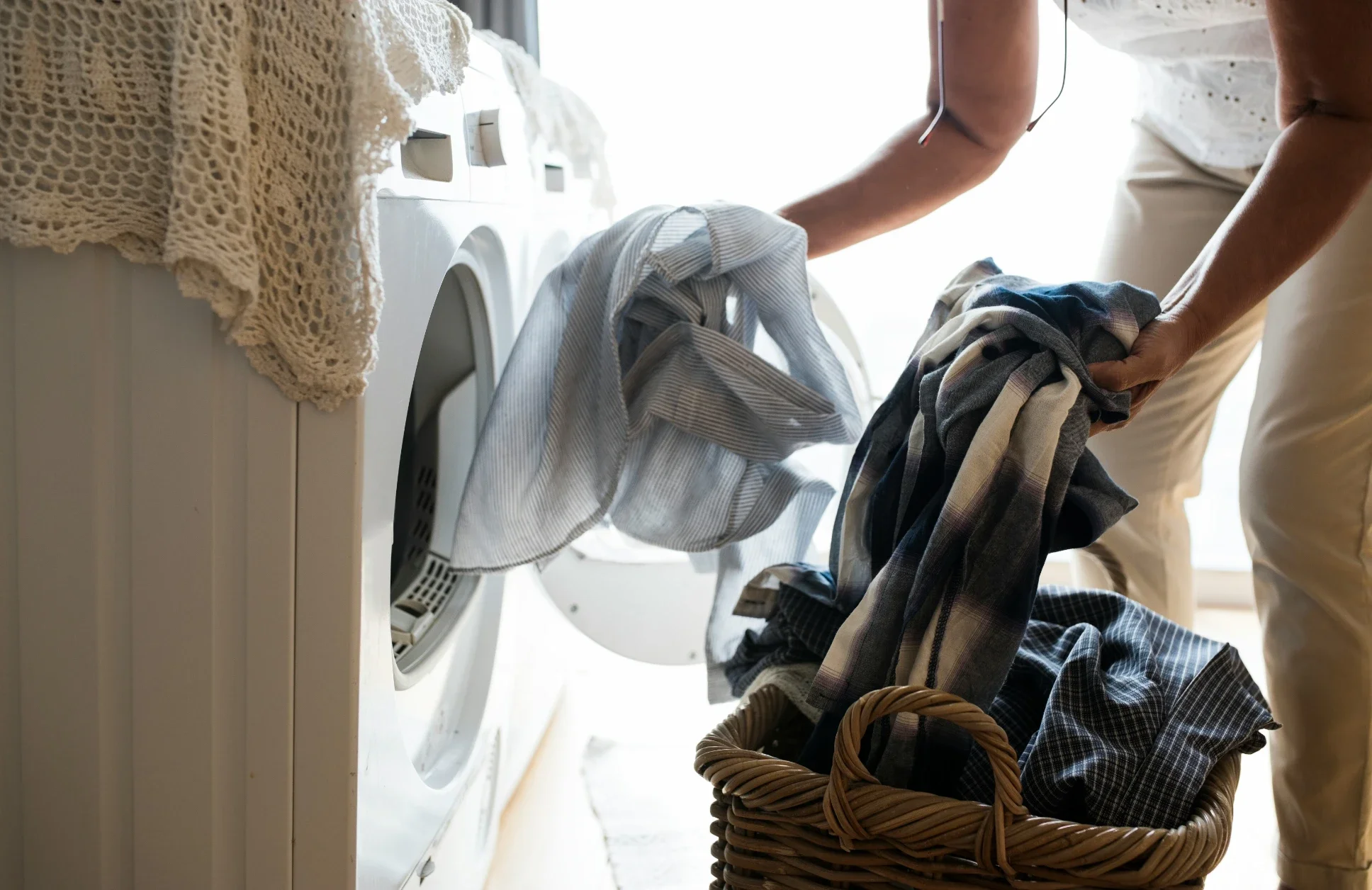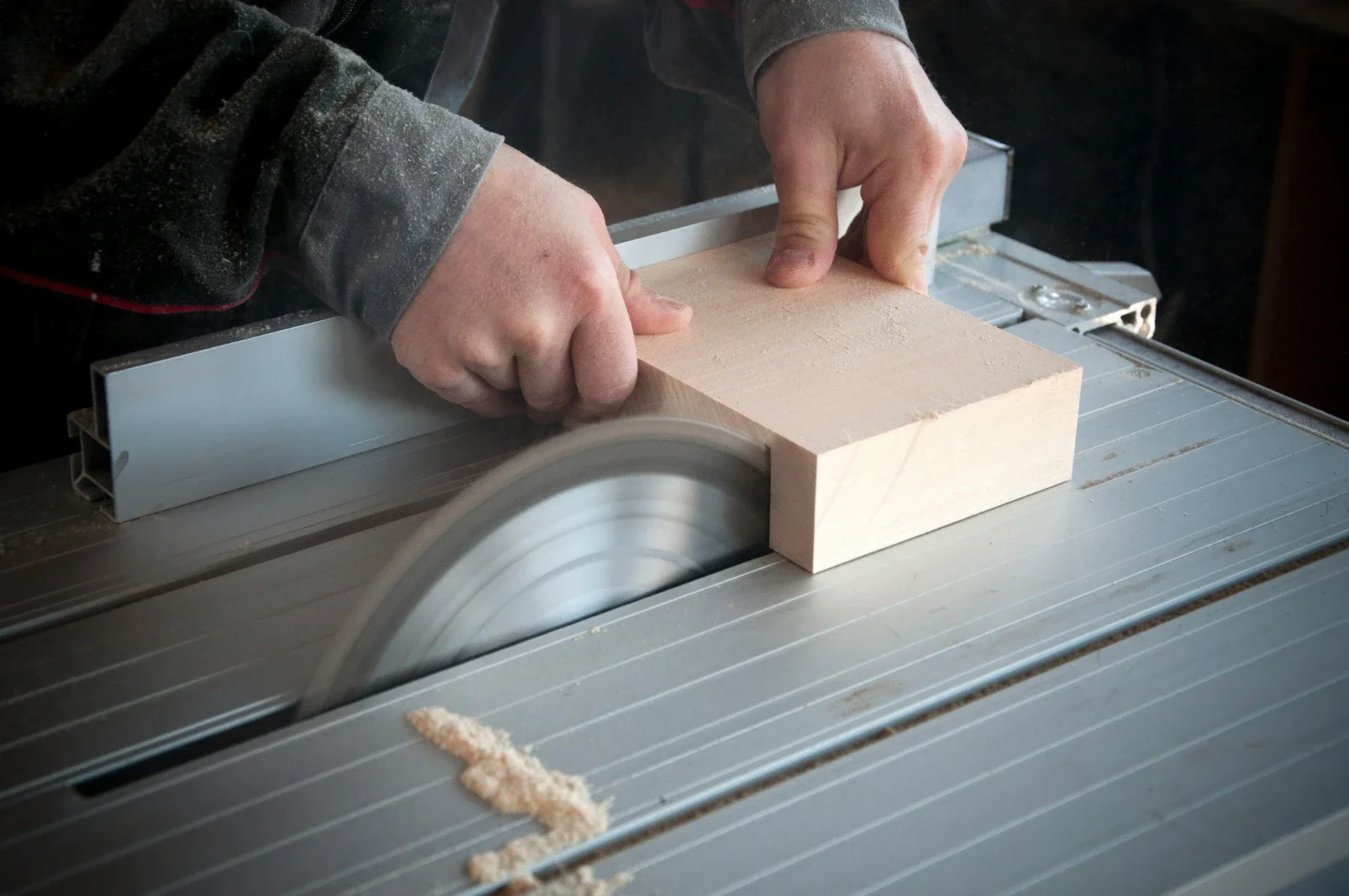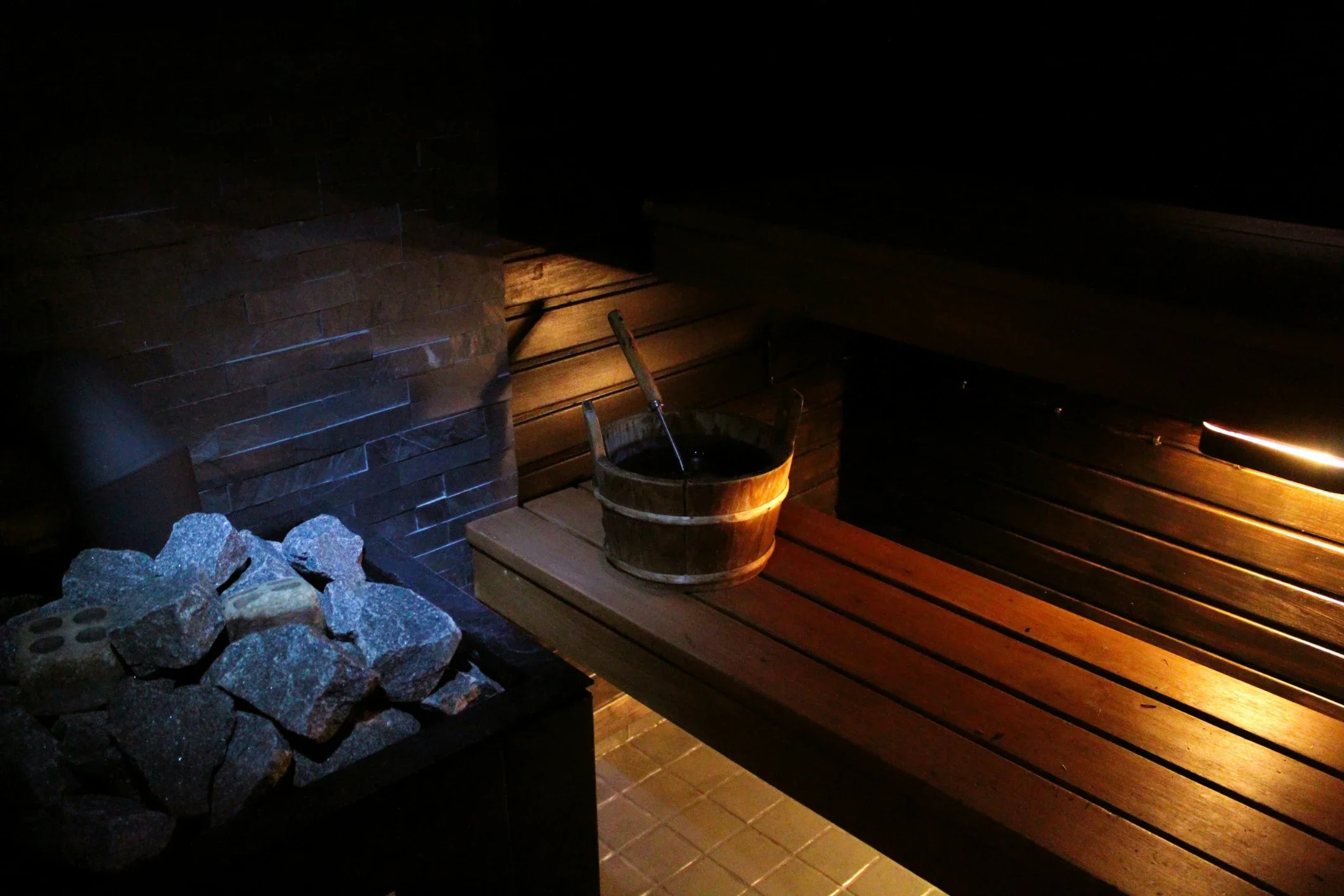15 Best Energy-Saving Tips for Homeowners
Discover actionable energy-saving strategies that cut costs and boost efficiency. Explore 15 proven tips to transform your home into an eco-friendly haven while slashing utility bills and creating a more sustainable lifestyle.
Imagine unlocking hidden savings in your home while doing your part for the planet—all at the same time. In today’s fast-paced world, energy efficiency isn’t just a buzzword; it’s a lifestyle that benefits both your wallet and the environment. Whether you’re a seasoned DIY enthusiast or just starting to explore green living, these tips will guide you step by step toward a more energy-smart home. We’ll dive into clever adjustments, innovative technologies, and simple habits that make a big difference. Ready to power up your savings and reduce your carbon footprint? Let’s explore these transformative ideas and discover how a few mindful changes can brighten your day and lighten your bills.
1. Understanding Your Energy Consumption
Have you ever wondered where all that electricity goes? Understanding your energy consumption is the first step in cutting costs and saving the environment. Start by tracking your monthly usage and identifying which appliances or practices consume the most energy. Think of your home as a living organism, where every device plays a role in the overall metabolism. By closely monitoring your consumption patterns, you can pinpoint inefficiencies and make smarter decisions about energy use. This isn’t about blaming your habits but rather about discovering opportunities to improve. When you know which areas drain your resources, you can target them with effective strategies. Embrace this investigative approach, and you’ll soon be on your way to a more energy-conscious and cost-effective lifestyle that truly makes a difference.
2. Switching to LED Lighting
Lighting is one of the simplest areas to transform in your home, and switching to LED bulbs is a brilliant starting point. LEDs use a fraction of the energy compared to traditional incandescent bulbs and last significantly longer, saving you both money and hassle over time. When you replace your old bulbs with energy-efficient LEDs, you’re not just reducing your energy consumption—you’re also cutting down on waste. Imagine the difference in brightness and efficiency, as if you’re upgrading from a flickering candle to a powerful spotlight. This small change can have a huge impact on your monthly bills and the overall energy footprint of your home. With a wide variety of styles and colors available, making the switch is both an environmentally and aesthetically smart decision.
3. Smart Thermostat Implementation
Installing a smart thermostat is like having a personal assistant for your heating and cooling systems. These intelligent devices learn your schedule and adjust temperatures accordingly, ensuring that you’re not wasting energy when you’re not home. Gone are the days of constantly fiddling with the thermostat; now, your system can optimize energy use automatically, balancing comfort with efficiency. Imagine your home’s temperature as a finely tuned orchestra, where every note is played at just the right moment. A smart thermostat not only enhances your comfort but also reduces your utility bills by preventing unnecessary energy consumption. With user-friendly interfaces and remote control capabilities through your smartphone, controlling your home’s climate has never been easier or more efficient. Embrace this technology to experience a truly modern, energy-saving home.
4. Energy-Efficient Appliances
Upgrading to energy-efficient appliances is a game changer for any homeowner looking to reduce energy consumption. When you swap out old refrigerators, washers, or air conditioners for newer models with an Energy Star rating, you’re investing in both long-term savings and environmental stewardship. These appliances are designed to use less power without sacrificing performance, much like a high-performance sports car that sips fuel rather than guzzling it. Over time, the reduced energy use adds up, meaning lower utility bills and a smaller carbon footprint. It’s not just about new gadgets; it’s about creating a more sustainable lifestyle by choosing products that work smarter. Think of every energy-efficient appliance as a tiny soldier fighting on the front lines to save energy and protect our planet. Making these changes can lead to noticeable improvements in your home’s overall efficiency.
5. Seal and Insulate Your Home
One of the most effective ways to save energy is to ensure that your home is properly sealed and insulated. By preventing drafts and keeping the desired temperature inside, you reduce the strain on your heating and cooling systems. Picture your house as a well-fortified castle, where every crack and crevice is sealed against the outside elements. Whether it’s installing weatherstripping on doors, adding caulk to window frames, or boosting insulation in your walls and attic, these measures create a cozy environment that uses energy wisely. The initial investment in insulation pays off over time by significantly lowering your energy bills and enhancing comfort throughout the year. Don’t let your hard-earned energy escape through gaps and leaks—take control and make your home a model of efficiency, where every watt is put to good use.
6. Optimizing Heating and Cooling Systems
Heating and cooling are often the biggest energy hogs in a home, but optimizing these systems can lead to impressive savings. Regular maintenance, such as cleaning filters, checking ducts, and scheduling professional tune-ups, ensures that your HVAC system runs at peak efficiency. Think of your system as a well-oiled machine that performs best when cared for properly. When your heating and cooling components work smoothly, you experience consistent comfort without the wasteful energy spikes that drive up bills. Additionally, consider adjusting your thermostat settings seasonally to match your needs, which can prevent energy wastage during extreme temperatures. By taking proactive steps to optimize your system, you not only reduce your carbon footprint but also enjoy a more comfortable living environment. Embrace the idea of preventive maintenance and reap the long-term benefits of a streamlined system.
7. Embracing Solar Energy
Harnessing the power of the sun is a fantastic way to boost energy savings while reducing your reliance on traditional power sources. Solar panels have become increasingly accessible, turning your roof into a mini power plant that generates clean, renewable energy. Imagine turning every sunlit day into a free energy bonus that directly lowers your electricity bills. Installing solar panels is not just an investment in technology—it’s an investment in a sustainable future. While the upfront costs may seem daunting, the long-term financial and environmental benefits are undeniable. Solar energy offers a tangible way to reduce your carbon footprint while providing a reliable alternative during power outages. With government incentives and financing options available, now is the perfect time to consider solar power as a key component of your energy-saving strategy.
8. Water Heating Efficiency
Water heating often represents a significant portion of your energy use, but there are plenty of ways to make it more efficient. Start by lowering the thermostat on your water heater to an optimal temperature that still meets your needs without wasting energy. Insulating your water heater and the first few feet of hot water pipes can dramatically reduce heat loss. Think of your water heater as a slow cooker that needs just the right amount of energy to function efficiently—too much energy, and you’re wasting money; too little, and you’re not getting the performance you need. Upgrading to a more efficient model, such as a tankless water heater, can also lead to substantial savings over time. These small changes add up, helping you enjoy hot water on demand while keeping your energy consumption in check.
9. Using Power Strips and Smart Outlets
Phantom energy, the silent drain on your power supply, is a sneaky culprit behind high utility bills. Many devices consume power even when they’re turned off, and that’s where power strips and smart outlets come in handy. By plugging electronics into a smart power strip, you can easily switch off multiple devices at once, preventing them from drawing unnecessary power. It’s like giving your gadgets a well-deserved nap when they’re not in use. These simple tools help reduce standby power consumption, which over time can result in noticeable savings. Smart outlets even allow you to schedule on/off times for your devices, adding another layer of efficiency to your daily routine. By tackling phantom energy head-on, you create a more energy-conscious environment that benefits both your budget and the planet.
10. Adopting Energy-Saving Habits
Sometimes, the simplest changes in behavior can yield the greatest energy savings. Adopting energy-saving habits means making small, mindful adjustments in your daily routine—like turning off lights when you leave a room, unplugging devices when they’re not needed, or running appliances during off-peak hours. Think of these habits as tiny, consistent investments in a healthier home and environment. Over time, these choices add up to significant reductions in your energy bills and a lighter carbon footprint. It’s all about being aware of your consumption patterns and embracing a more sustainable lifestyle. Every little effort, from using natural ventilation to scheduling laundry loads wisely, contributes to a larger goal: an energy-efficient home that works smarter, not harder. By cultivating these habits, you empower yourself to live in harmony with your environment while enjoying the financial benefits.
11. Leveraging Natural Light
Maximizing natural light is one of the most enjoyable ways to save energy in your home. By opening up curtains and using skylights or larger windows, you can reduce your reliance on artificial lighting during the day. Imagine your home bathed in the warm glow of sunlight, naturally illuminating every room without the extra cost on your electricity bill. Natural light not only saves energy but also has a positive impact on your mood and productivity. It creates a sense of openness and well-being that no artificial bulb can replicate. Additionally, strategic placement of mirrors can help bounce sunlight around the room, further reducing the need for electric lights. Embrace the beauty and efficiency of natural light—it’s an effortless way to create a brighter, greener home that feels both inviting and sustainable.
12. Regular Maintenance and Upkeep
Routine maintenance is the unsung hero of an energy-efficient home. Just as you would service your car to keep it running smoothly, regular upkeep of your home’s systems ensures that everything operates at peak performance. This includes everything from cleaning HVAC filters and checking insulation to ensuring that appliances are functioning correctly. Think of maintenance as a monthly check-up for your home—a small time investment that pays off in reduced energy consumption and lower bills. Preventive care stops minor issues from escalating into costly repairs, keeping your systems efficient and your home comfortable. Regular inspections and timely fixes not only enhance efficiency but also extend the lifespan of your equipment. By staying on top of maintenance, you create a reliable, energy-smart environment that saves money and reduces your overall environmental impact.
13. Upgrading Windows and Doors
Windows and doors are the gateways to your home’s energy performance. Upgrading to energy-efficient models can make a huge difference in minimizing heat loss during winter and keeping cool air inside during summer. Consider it like installing a quality filter for your home—a barrier that reduces unwanted energy exchange with the outdoors. New windows and insulated doors can dramatically lower your heating and cooling costs, ensuring that your indoor environment remains comfortable throughout the year. This investment not only enhances the aesthetic appeal of your home but also contributes to long-term energy savings. With modern technologies such as double or triple glazing, you can enjoy a quieter, more energy-efficient home that keeps your utility bills in check while offering superior comfort and style.
14. Insulating Your Attic and Walls
Attic and wall insulation plays a critical role in keeping your home energy efficient. Proper insulation prevents the escape of warm air during winter and keeps the heat out during summer, ensuring that your heating and cooling systems work less hard. Imagine your home wrapped in a warm blanket that keeps the perfect temperature inside regardless of the weather outside. Upgrading insulation in these key areas can lead to significant reductions in your energy bills. Whether you opt for spray foam, fiberglass, or another material, the result is a more stable and comfortable indoor environment that requires less energy to maintain. By investing in quality insulation, you’re not only improving your home’s energy performance but also contributing to a more sustainable future. It’s a win-win for your wallet and the environment.
15. When to Consult an Energy Professional
Sometimes, knowing when to call in an expert can be just as important as making DIY improvements. Energy professionals offer specialized insights that help you identify inefficiencies you might overlook on your own. If you’ve implemented several energy-saving measures but still notice high bills or persistent issues, it might be time to get a professional evaluation. Think of them as the personal trainers for your home’s energy system—skilled, knowledgeable, and able to fine-tune your setup for maximum efficiency. An expert can conduct a thorough energy audit, recommend targeted improvements, and ensure that your home meets the latest efficiency standards. Their advice can guide you in making smart investments that lead to long-term savings. Recognizing when to seek professional help is a vital part of maintaining an energy-efficient home and ensuring that every watt counts.
Conclusion
In conclusion, embracing energy-saving tips isn’t just about cutting costs—it’s about creating a sustainable, comfortable home that works for you and the environment. By understanding your energy consumption, making smart upgrades, and adopting green habits, you can transform your living space into an eco-friendly haven. Every small change contributes to a larger impact, helping you lower utility bills while making a positive contribution to our planet. Remember, the journey to an energy-smart home is a continuous process of learning and improvement. So, take these tips to heart, make informed decisions, and enjoy the benefits of a more efficient and rewarding lifestyle.
Frequently Asked Questions
How do I start reducing my home’s energy consumption?
Begin by tracking your monthly usage and identifying high-energy devices. Small adjustments, like switching to LED bulbs, can make a significant difference.Are energy-efficient appliances really worth the investment?
Absolutely—while the upfront cost may be higher, these appliances save money in the long run by using less energy and reducing utility bills.What is the role of insulation in energy savings?
Good insulation prevents heat loss in winter and keeps your home cooler in summer, dramatically reducing the need for excessive heating and cooling.Can smart devices really optimize my home’s energy use?
Yes, smart thermostats and outlets adjust settings based on your schedule, reducing energy waste and lowering costs automatically.When should I consult an energy professional?
If you notice unusually high energy bills or persistent inefficiencies despite your best efforts, it’s time to get expert advice for targeted solutions.

